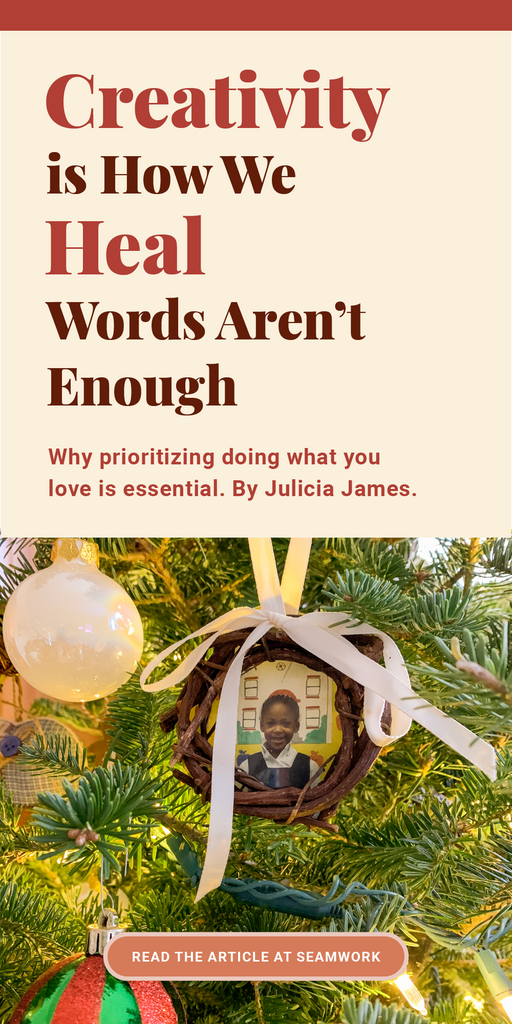The holiday season is a magical time, full of rituals, routines, and mysterious celebrations to anticipate. When I was a little girl, I went to Catholic school from kindergarten through eighth grade, and every Christmas was the same. The music instructor would start teaching us how to sing a new carol for the annual Christmas show. The art teacher would show us how to craft ornaments to hang on our trees at home. When we attended weekly mass after lunchtime, the altar was adorned with an Advent wreath holding pink and purple candles. Each week, the priest would light one candle and share lessons from the Nativity story.
At home, my mom would start making traditional West Indian drinks like sorrel, made from hibiscus petals, and ginger beer. My dad would play Christmas steel pan music by Panazz on the stereo while we cleaned the house and strung lights on the banister. Granny would come over and help my mom bake black cake and sweet bread with raisins.
In a time before WhatsApp and Skype made international calling essentially free, prepaid phone cards would be bought in abundance to call the family back in Trinidad and exchange holiday greetings. My parents hosted a Christmas Day celebration at our house every year for our family based in the States. I loved the cozy feeling of everyone being together, listening to Daisy Voisin sing parang music, eating a thick slice of buttered homemade bread while the old folks talked about life back home.
What made those holidays so special were the family and friends that I spent the time with and the love that we shared for one another. Equally important was the routine, satisfyingly repetitive nature of the Christmas season. I knew how the holidays would unfold. Although I may be an adult now, I still love this time of year for the same reasons: family, friends, and familiarity.
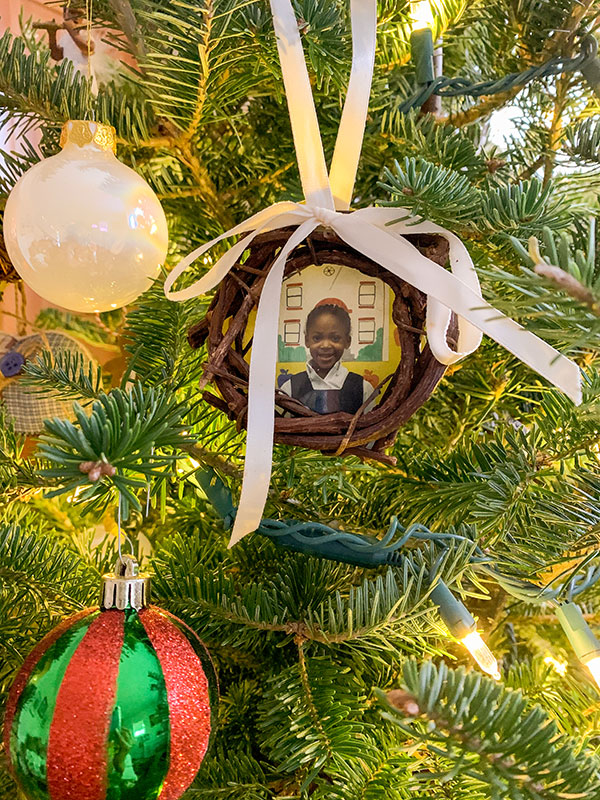
Creativity is Self-care
No matter what you celebrate this season—be it Chanukkah, Kwanzaa, Christmas, or the Winter Solstice—this year’s festivities will be different. Large family gatherings, holiday dinner parties, and even office parties will be replaced with Zoom meetings, FaceTime calls, and instant messages. It’s yet another thing we have to sacrifice to protect our loved ones.
In an interview with Scott Berinato of Harvard Business Review, author and grief expert David Kessler explains that we are collectively grieving because the world has changed dramatically, and we deeply feel the loss of how things used to be before Covid-19. He says, “It’s absurd to think we shouldn’t feel grief right now. Let yourself feel the grief and keep going.”
Sometimes our emotions have no words, and the only way to express them is through making something with our hands.
How do we keep going when we are collectively experiencing such a total loss of identity, tradition, and normalcy?
There are many things that we should have in our self-care arsenal this year, but if I had to distill it down to a top three list, I would say: a good therapist, frozen meals for days when you don’t feel like cooking, and a creative outlet to express yourself.
We often think of creativity as an extracurricular activity—something fun that we get to do once we’ve finished all the errands that we have to do. But creativity has potent healing power and can be an effective way to process grief and keep ourselves going during this difficult time. Sometimes our emotions have no words, and the only way to express them is through making something with our hands.
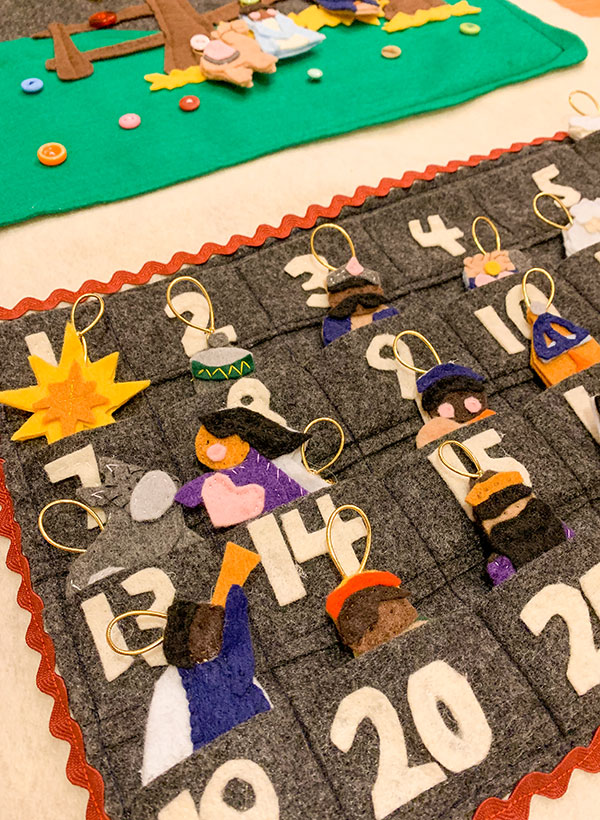
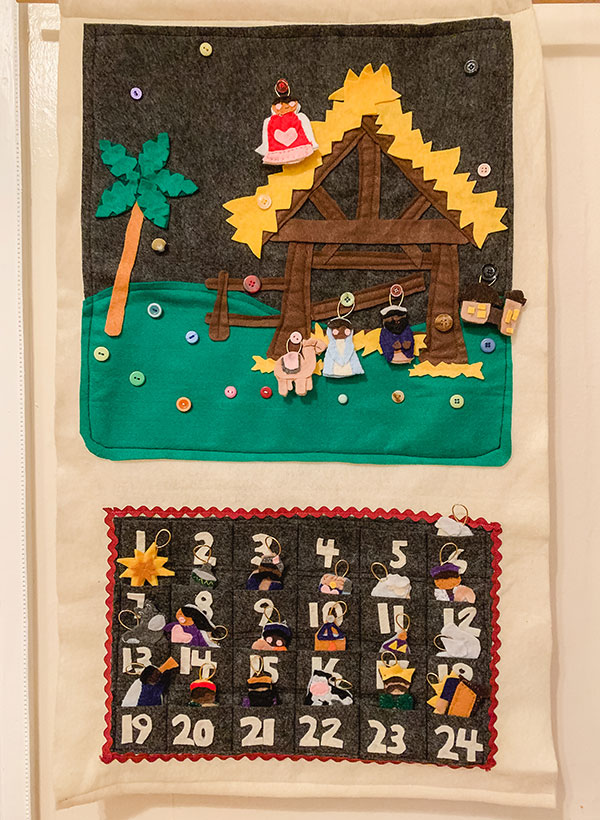
Creativity is Meditation
Think about the last garment that you made. When you were ready to cut, first you spread your fabric out on a flat surface, smoothing out any ripples. Then, you carefully placed your pattern pieces over the top, paying close attention to the grainline and folds.
Next, you likely set down weights onto the pattern pieces to keep them in place while you carefully cut. There is a process to fabric preparation. It is familiar, it is unchanging, and you have to slow down to get things right. You have to be in the moment.
The same thing goes for once you’ve cut out your pattern pieces and moved to your machine, ready to sew. When you have the front and back bodice pieces sandwiched together under the presser foot, you’re paying attention to several things at once: you’re making sure the seam allowance is consistent; you’re gently guiding the fabric along without tugging on it; you’re taking care not to rush so the stitching comes out evenly. In this moment, you are present, and you are mindful.
When we allow ourselves to be fully present in the moment, it can be almost meditative. Our heart rate slows down, our breathing becomes deeper, and we become more in tune with little details. Where we are, what we’re doing, who we are—it is enough.
The psychologist Mihaly Csikszentmihalyi calls this trance-like state “flow.” In his Ted Talk, Flow, the Secret to Happiness, he defines flow as that “effortless, spontaneous feeling that you get” when you lose track of all time, and you’re totally immersed in a project.
It’s when you no longer have to question what step comes next, and you’re seamlessly moving from task to task without even thinking: staystitching the neckline, sewing the shoulder seams together, finishing the seams, pressing as you go.
You have a vision in your mind of what comes next, and you know how to accomplish that step, even if it’s tricky or tedious. As Csikszentmihalyi says, “you forget yourself, you feel part of something larger.” It’s in that moment when you and the project become one, and your vision starts to become a reality.
This state of flow isn’t limited to just sewing. It applies to anything creative—cooking, composing music, photography, floral arranging, woodworking. I love to watercolor and sketch. It brings me joy to envision a scene in my mind and bring it to life on a piece of paper. When I’m painting, nothing else exists in the world but me, my journal, and the sound of the brush strokes I make across the page.
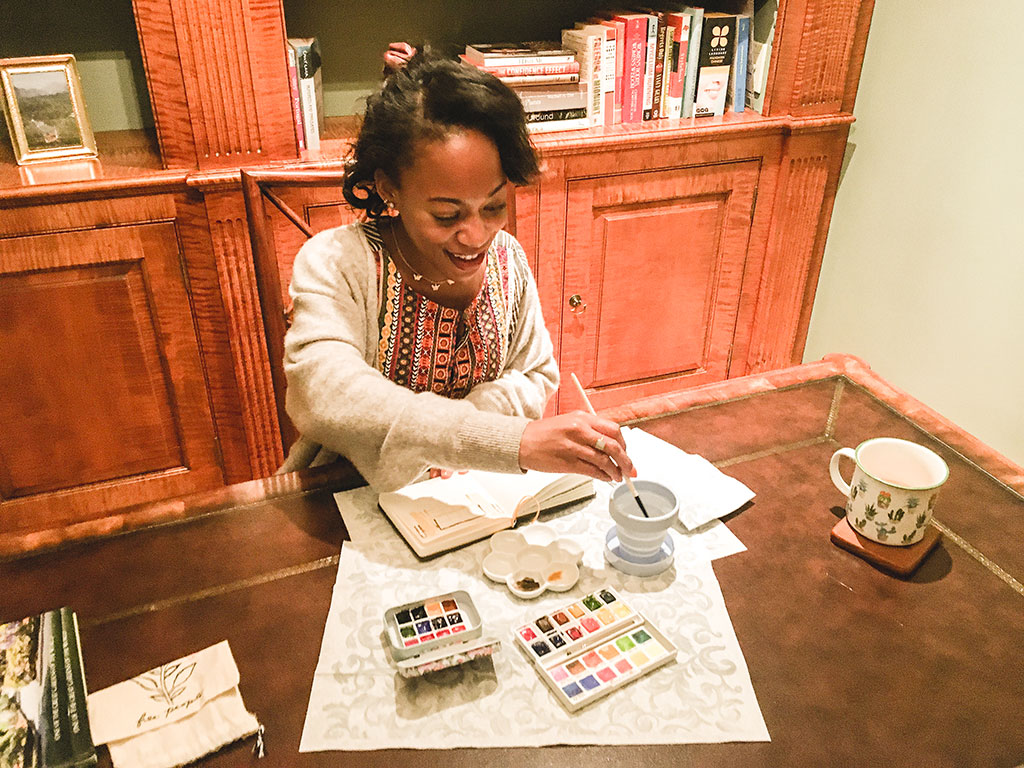
Creativity is Healing
In the book The Soul’s Palette: Drawing on Art’s Transformative Powers for Health and Well-Being, psychologist and art therapist Cathy A. Malchiodi writes that “Creative activities are known to enhance brain functioning and structure, alleviate depression, and give rise to alpha wave patterns typical of restful alertness, the relaxed but aware state found in meditation.” Being in a state of flow is emotionally, physically, and mentally gratifying—and creativity is key to achieving this peaceful yet awakened state.
This holiday season, each of us will be experiencing a range of emotions. Although we are all collectively grieving the loss of what our world once was, each person’s grief will look a little different. It may manifest as anger for some people, whereas for others, grief may look a lot like melancholy. Although it’s tempting to ignore negative emotions, the irony is that we have to accept them and make room for them in order to feel better in the long run.
In her YouTube video How to Deal with Negative Emotions - Distress Tolerance, psychiatrist Tracey Marks compares negative emotions to waves in the ocean: they come and go on their own time. And like a wave, an emotion doesn’t last forever. It eventually passes, and it’s our job to be patient, observe the emotion, and make room for it to wash all over us.
Sometimes we cannot even describe what our feelings are. We may feel uneasy but do not necessarily know why. Creativity can help in this aspect. In fact, Carl Jung and Sigmund Freud both agreed that “language was not always adequate and that images, either in the form of art or in dreams, could provide wisdom and inner guidance.” Art making can be an outlet to express ourselves when words aren't enough.
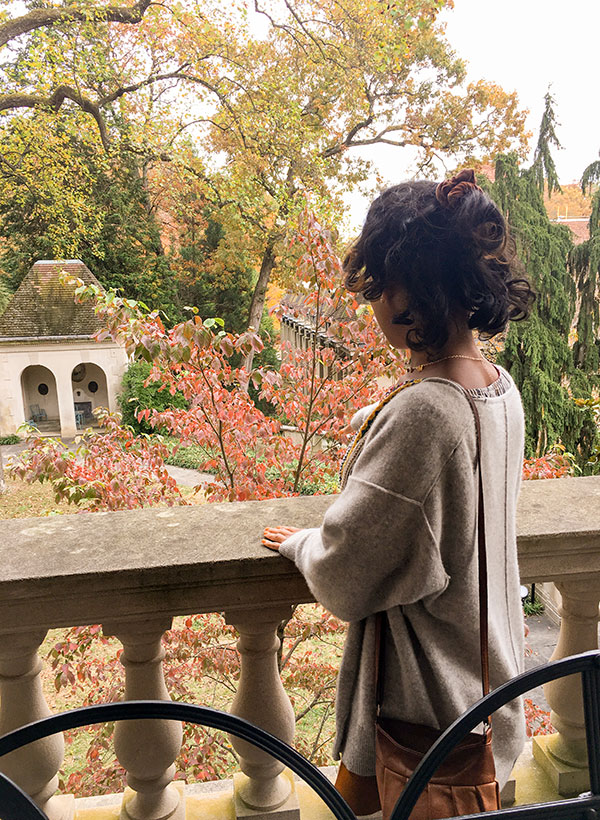
What we create doesn’t have to be perfect because, as human beings, we are imperfect by nature. The only thing that art has to be is true—it has to be something that we genuinely love to do, which brings us pleasure and connects us to our authentic selves. This is what makes space for expressing our true feelings and giving our subconscious space to reveal truths that we didn’t know were inside of us.
You have to find your creative process, what makes your heart sing and your spirit come alive. You have to get into that state of flow that is meditative, transformative, and beyond time and space—where it’s just you, your tools, and your craft. This is where the healing happens.
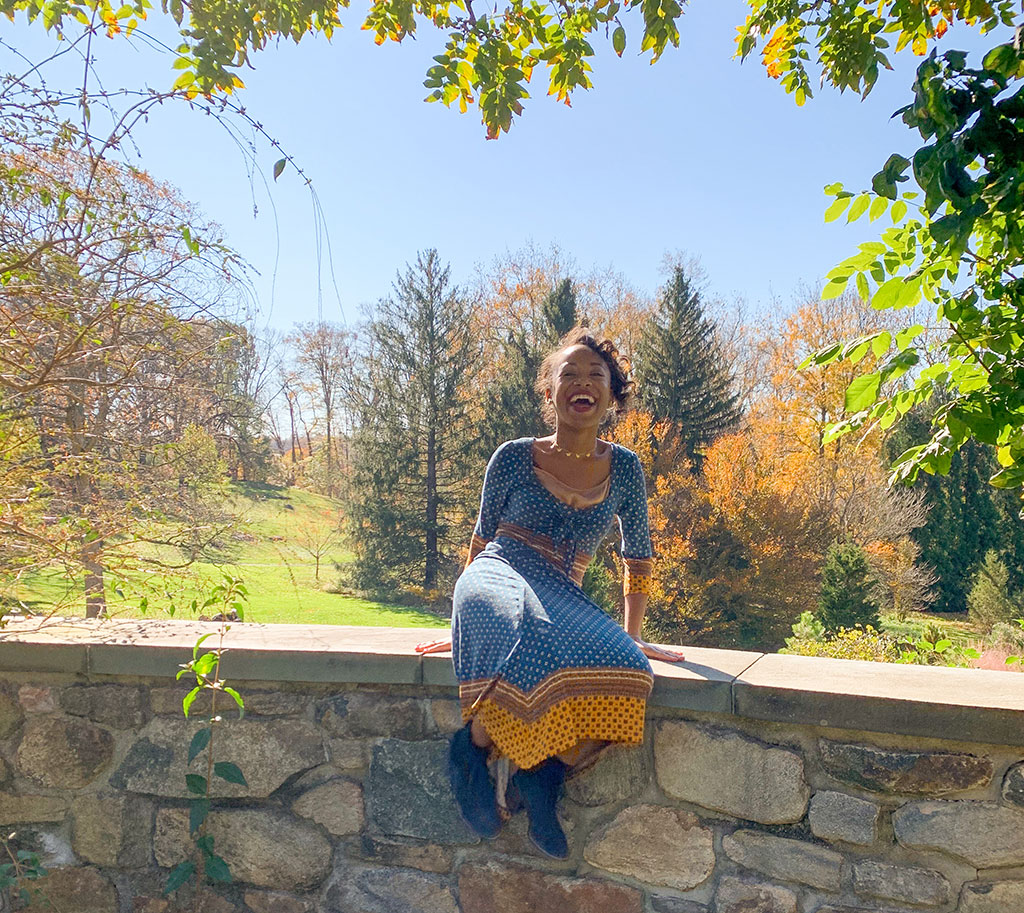
Creativity is a Teacher
Creativity is a phenomenal teacher. It teaches us trust because when we first begin working on a project, it may not look like much. When we trust the process and our skills, we can go from a blank page to a few sketches to a completed watercolor painting.
Creativity teaches us grace because we learn to accept any mistakes that we make while knitting that scarf for our grandma or crocheting a hat for our cousin.
It teaches us that accidents happen, and we learn how to fix the flaws that are fixable and to accept the ones that are not.
Making art teaches us to be patient with ourselves and be in the moment by connecting with our bodies and focusing all our attention on what we are creating.
This holiday season, make time to create. Create things for yourself, for your loved ones, for strangers. It doesn’t matter who you’re creating for or what you’re creating. Just create. It’s one of the most powerful ways that you can connect with your inner voice, express your emotions, and keep moving forward.


